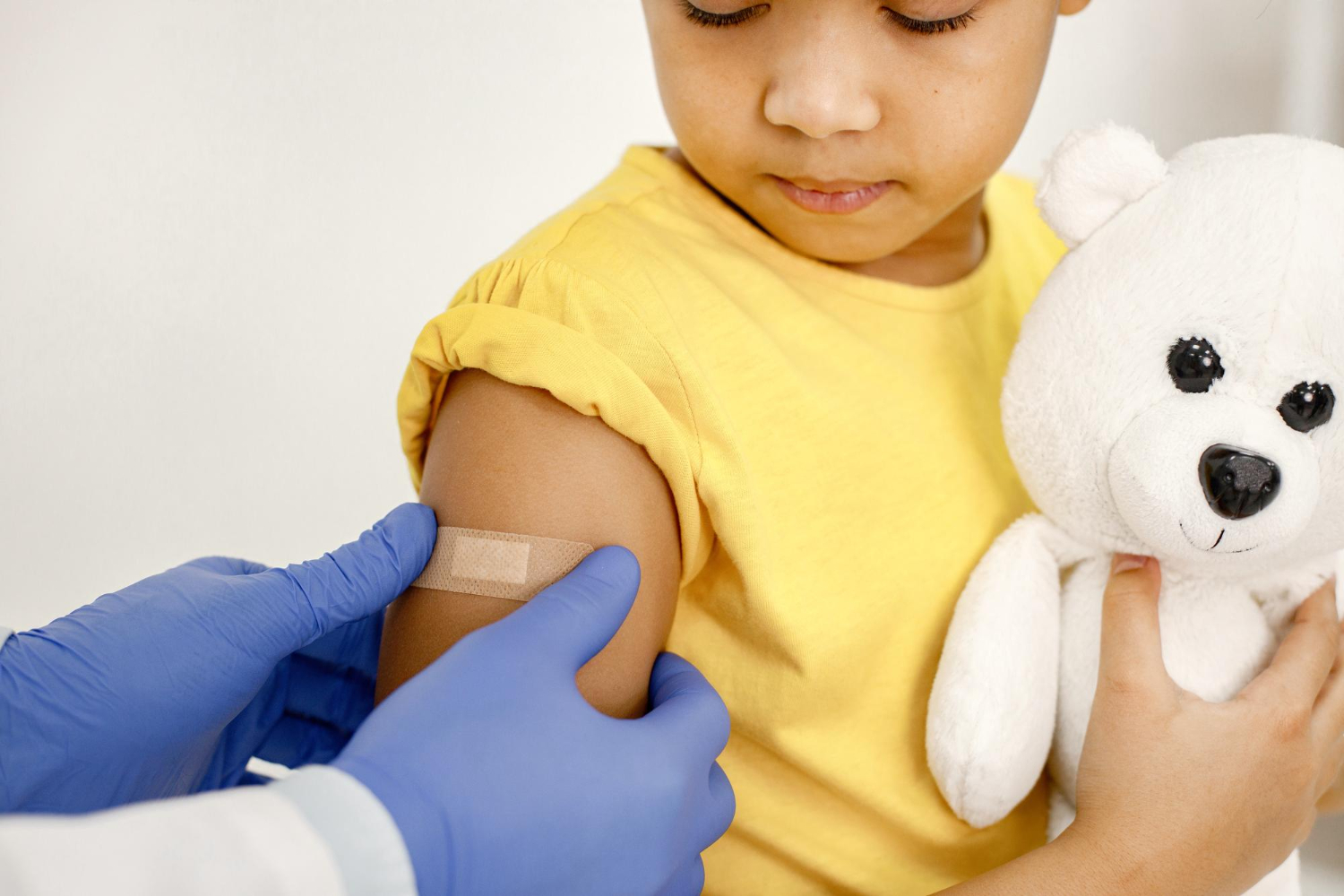Proper wound cleaning is crucial for children to prevent infection and promote healing. This article provides essential tips and guidelines for parents and caregivers on how to clean wounds effectively in children. By following these recommendations, you can ensure the well-being of your child and facilitate a speedy recovery.
Understanding Wound Care for Children
Children can experience various types of wounds, including cuts, scrapes, and abrasions. When cleaning wounds in children, it’s important to consider their age, level of cooperation, and special considerations for infants and toddlers. Adjusting your approach based on these factors will make the process smoother and less stressful for both you and your child.
Gathering Necessary Supplies
Before starting the wound cleaning process, ensure you have the required supplies readily available. These include sterile saline solution, clean water, mild soap or antiseptic solution, sterile gauze or cotton pads, and adhesive bandages or wound dressings. Keeping a well-stocked first aid kit at home is essential for prompt and effective wound care.

Step-by-Step Guide for Cleaning Wounds in Children:
Preparing for the cleaning process
- Wash your hands thoroughly with soap and water.
- Create a safe and clean environment for the wound cleaning procedure.
- Comfort and reassure the child, explaining what you are going to do.
Cleaning the wound
- Gently rinse the wound with clean water or sterile saline solution to remove debris and bacteria.
- Use mild soap or antiseptic solution if the wound is dirty, but avoid harsh cleaning agents.
- Pat the wound dry with sterile gauze or cotton pads, ensuring you don’t rub or irritate the area.
Applying an appropriate wound dressing
- Choose the right type of bandage or wound dressing based on the size and location of the wound.
- Apply the dressing carefully, ensuring it covers the wound adequately without being too tight.
- Regularly change dressings according to the wound’s needs, keeping a close eye on the healing progress.
Tips and Precautions for Effective Wound Cleaning
- Maintain open communication with the child, explaining each step of the process and offering reassurance.
- Avoid excessive scrubbing, as it can damage the delicate skin around the wound.
- Use age-appropriate techniques to ensure the child’s comfort and cooperation during the cleaning process.
- Seek medical attention for deep wounds or signs of infection, such as redness, swelling, or pus.

Addressing Common Concerns and Questions:
1. Handling a child’s fear or anxiety during wound cleaning:
- Offer distractions such as storytelling, singing, or playing their favorite games.
- Provide praise and rewards for their cooperation and bravery.
2. Dealing with small wounds that may not require medical attention:
- Follow the cleaning steps outlined in this article to prevent infection and promote healing.
- Monitor the wound for any signs of complications and seek medical advice if necessary.
3. Recognizing signs of infection and when to seek medical help:
- Look out for increased pain, redness, swelling, warmth, or discharge from the wound.
- Consult a healthcare professional if these symptoms persist or worsen.
By following these tips and guidelines, for effective wound care treatments, you can effectively clean wounds in children and minimize the risk of infection. Remember to adapt your approach based on the child’s age and level of cooperation, and always seek medical attention for severe wounds or signs of infection. By providing proper wound care, you are ensuring your child’s well-being and promoting a healthy recovery process.




